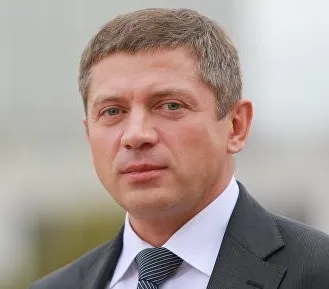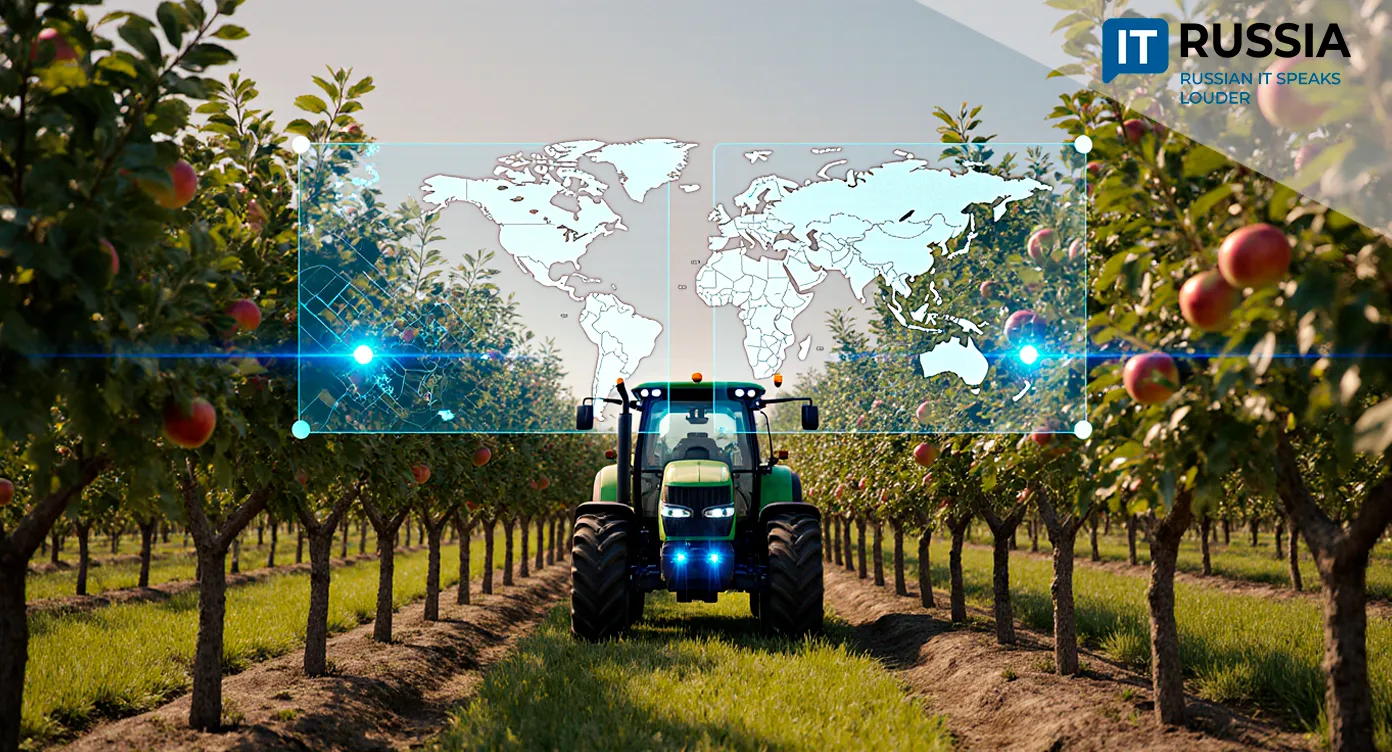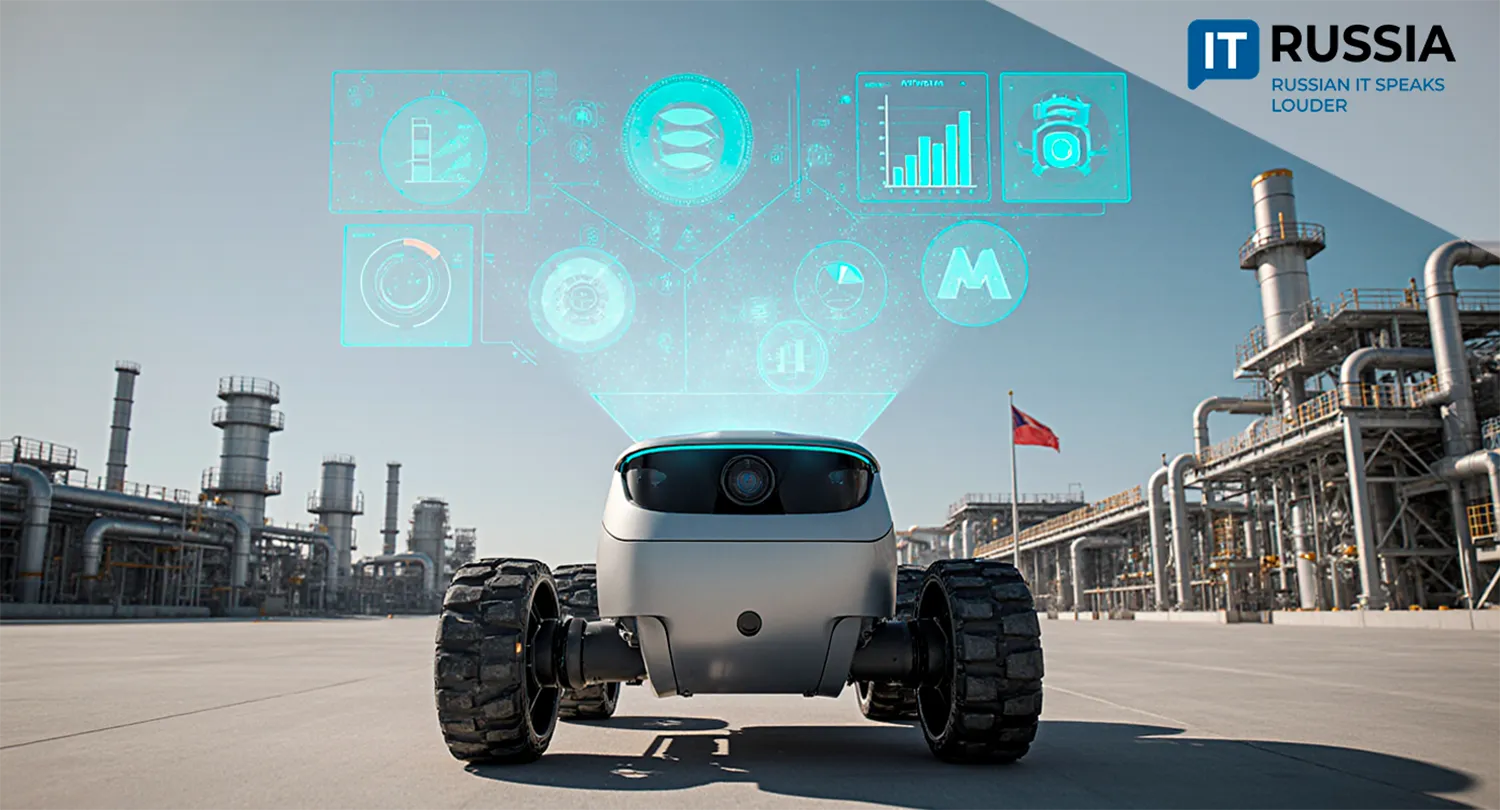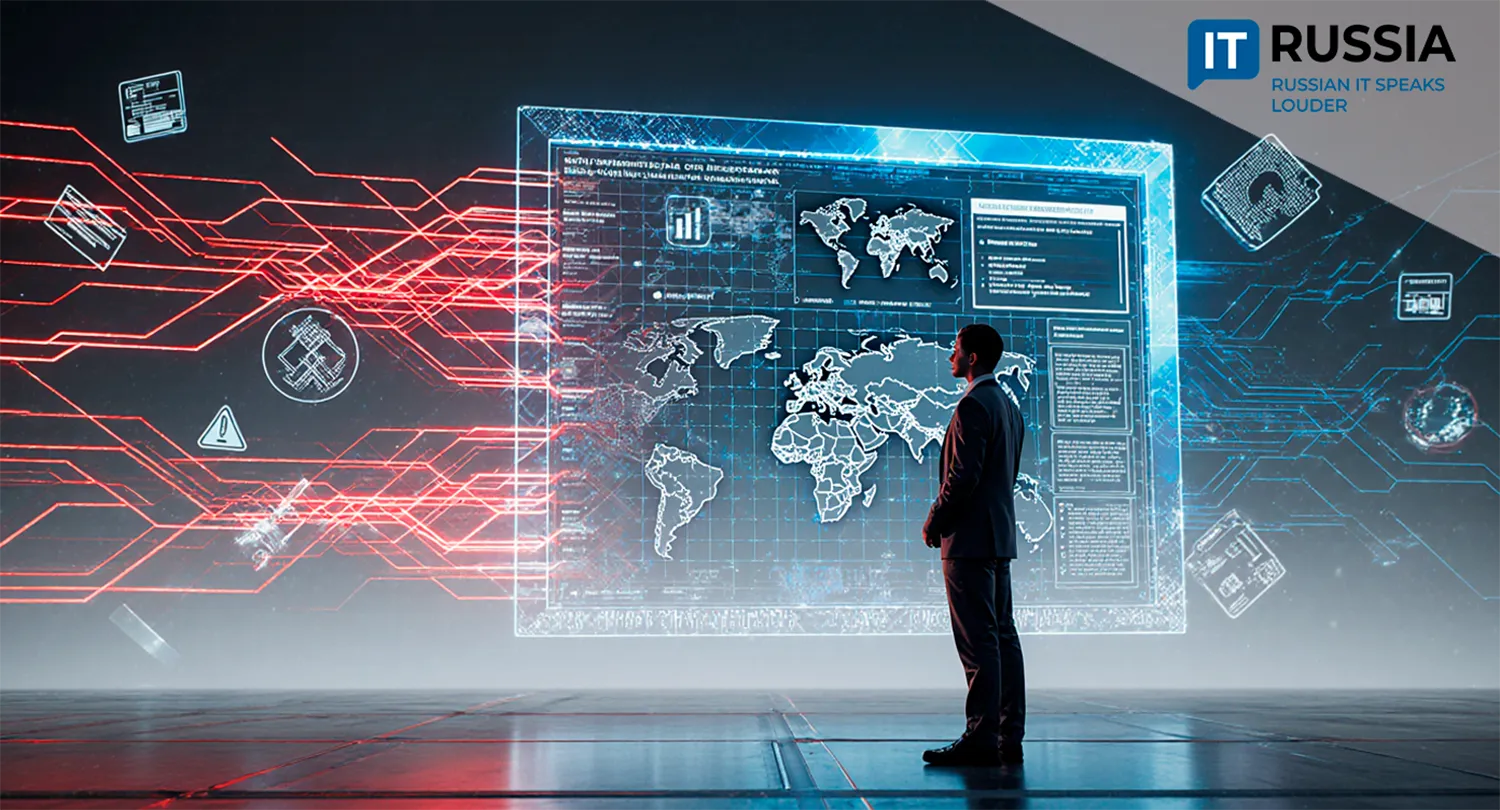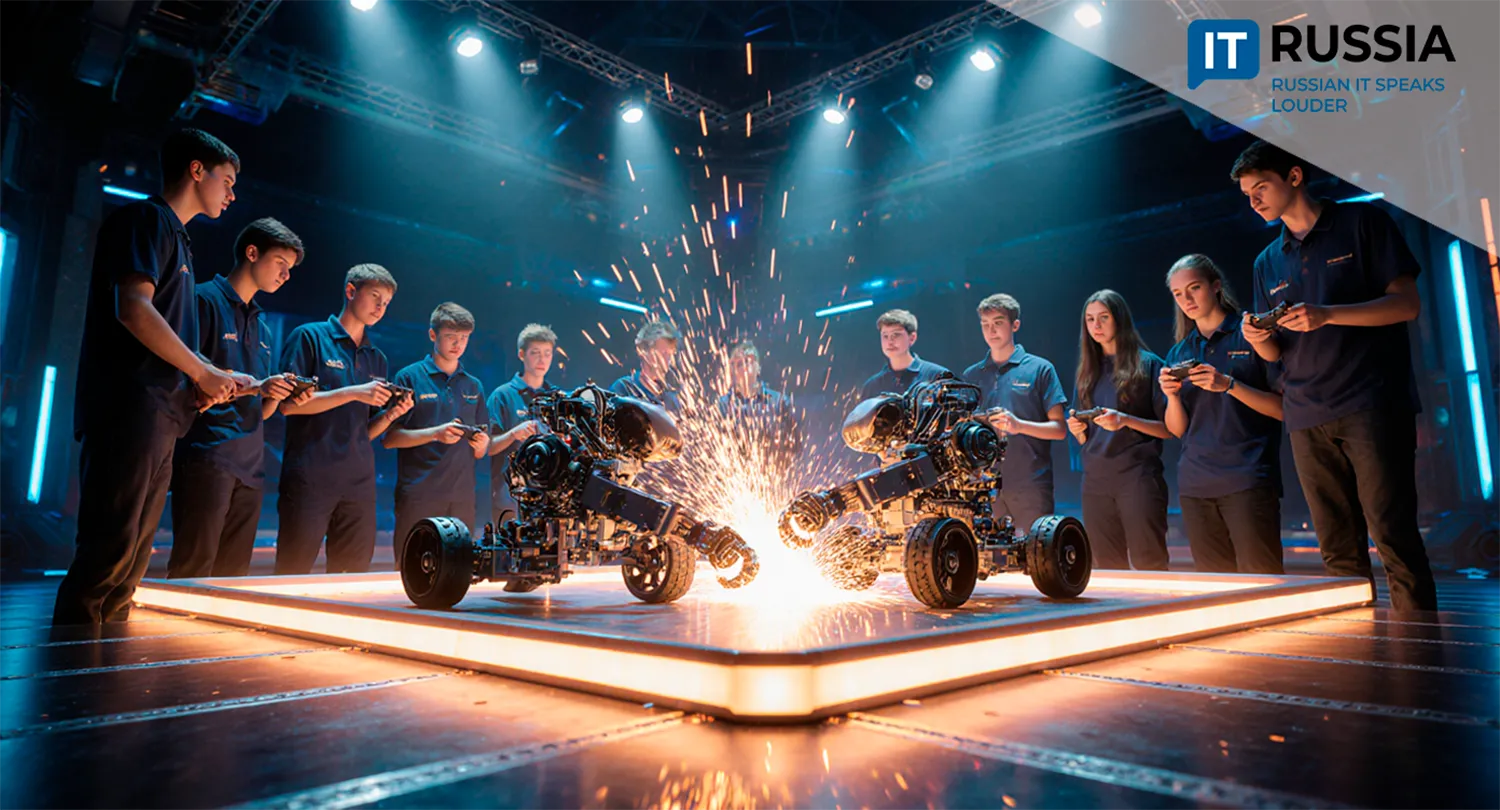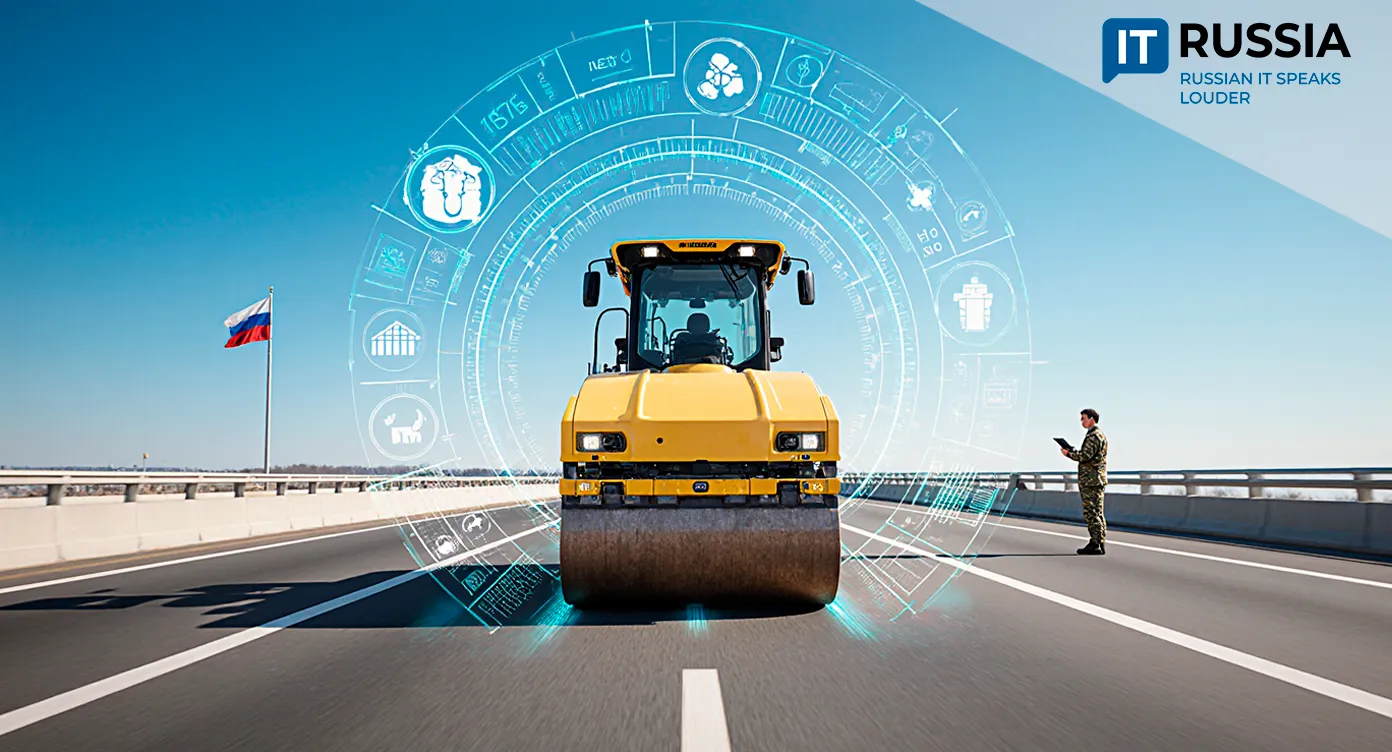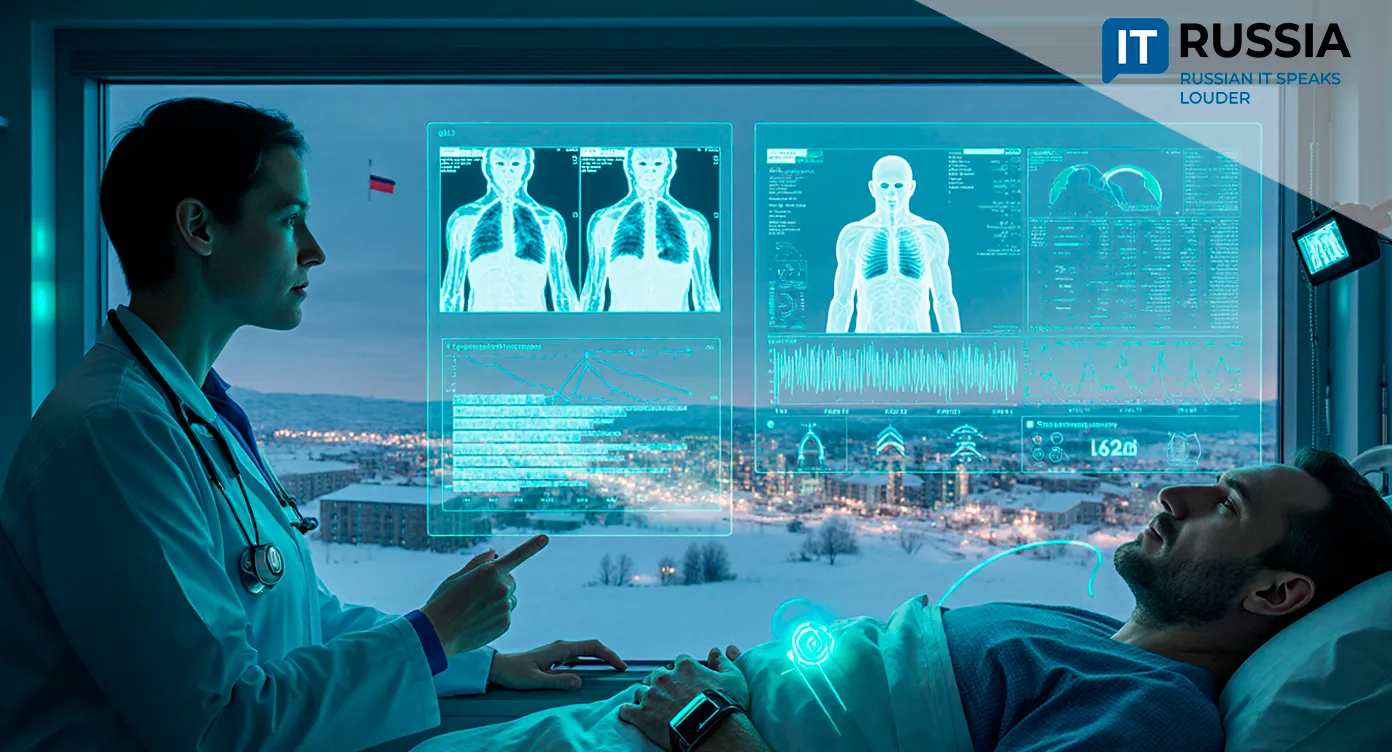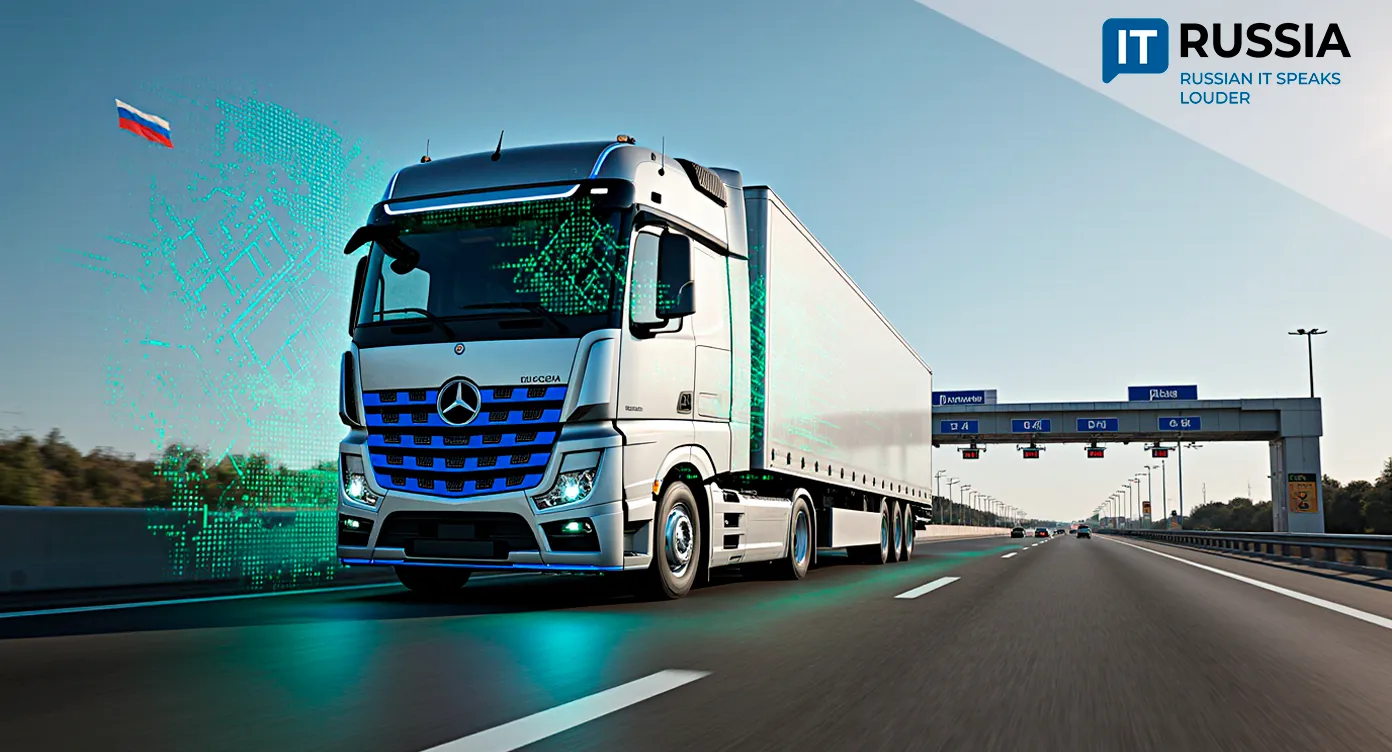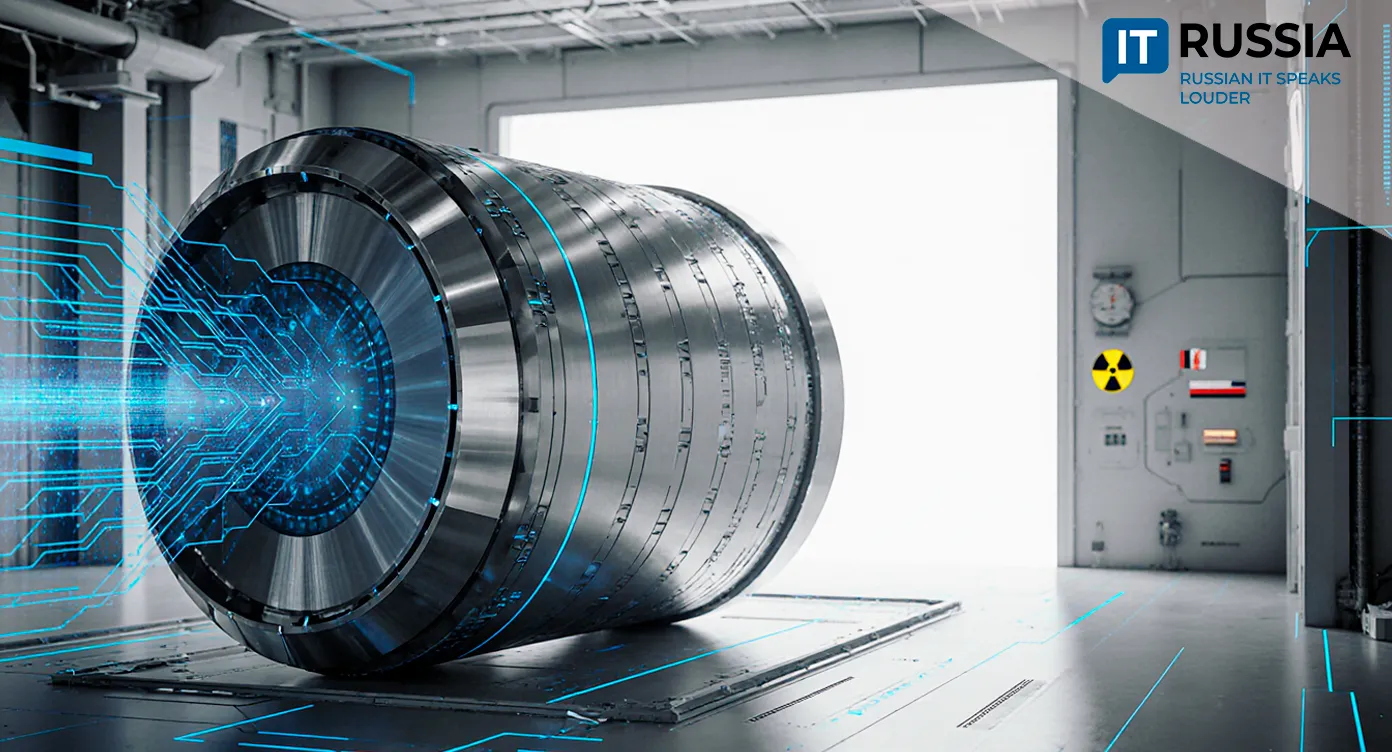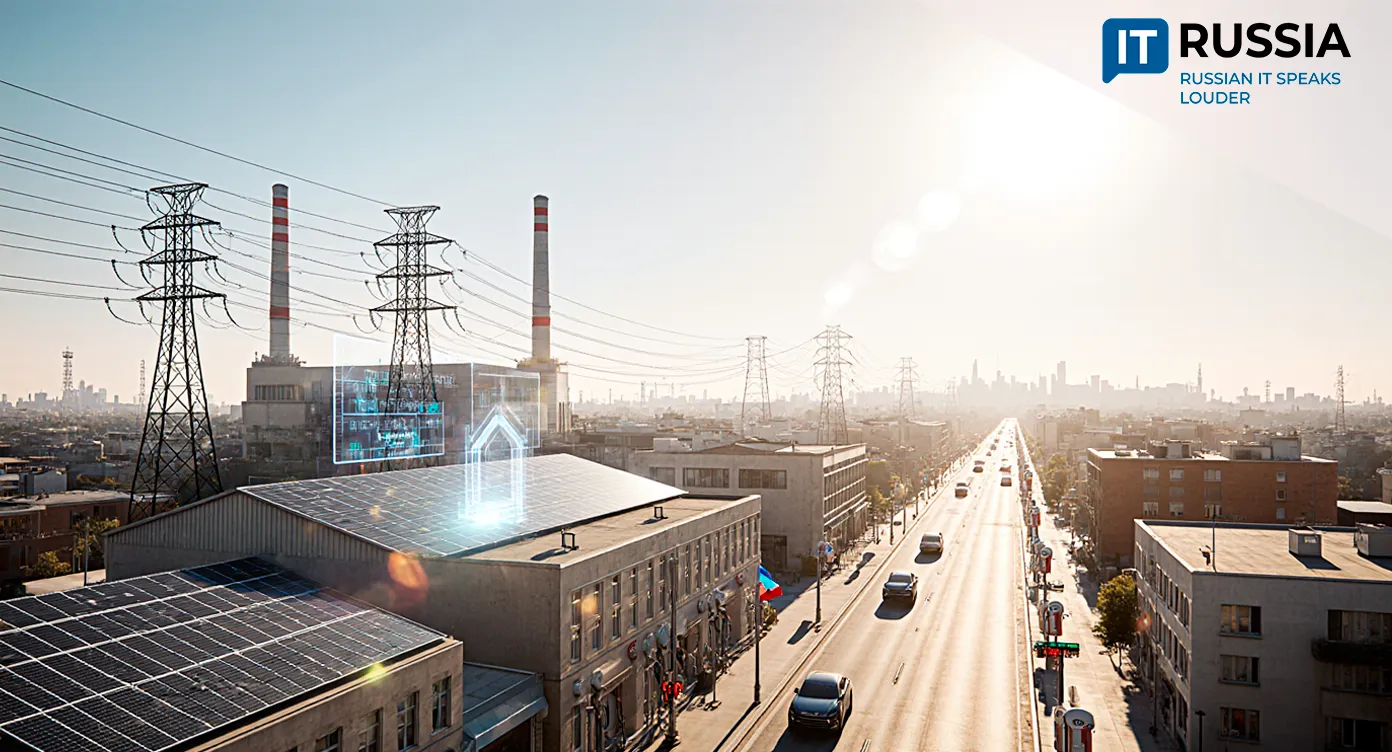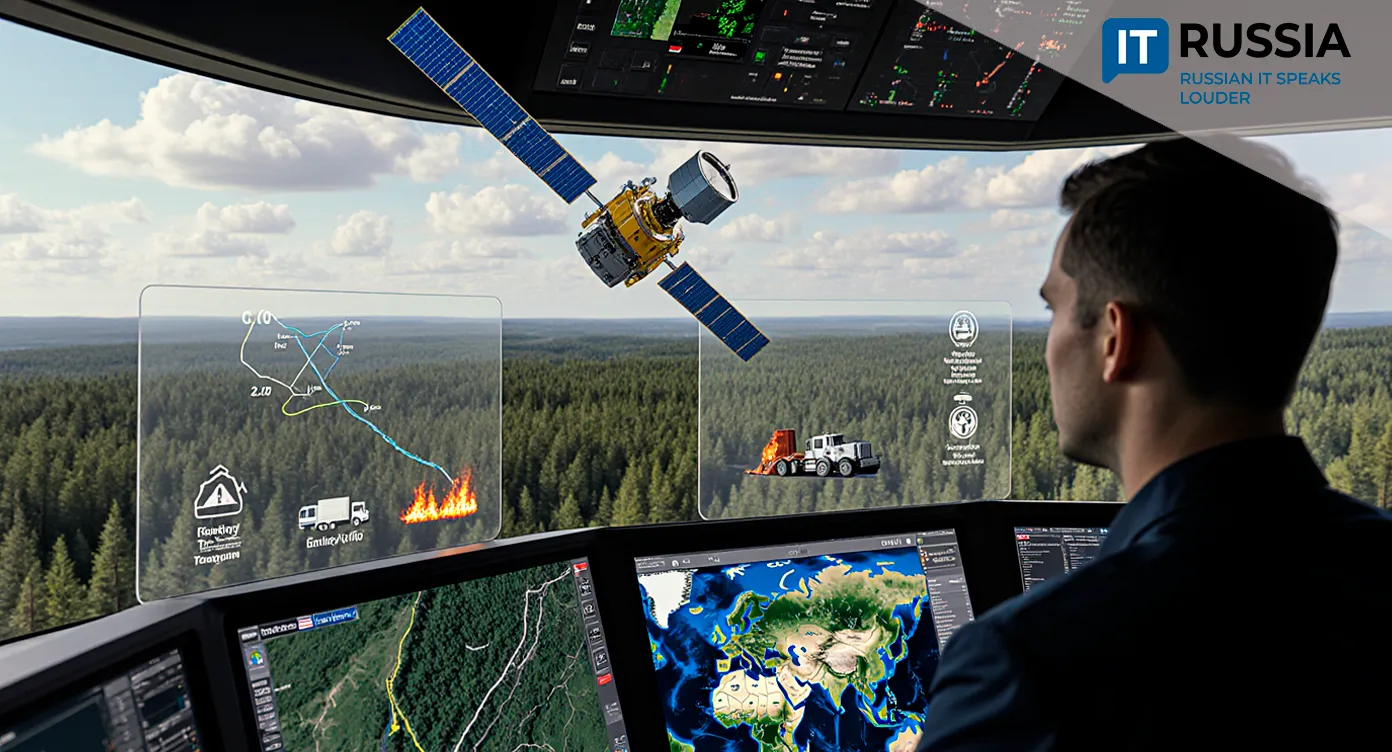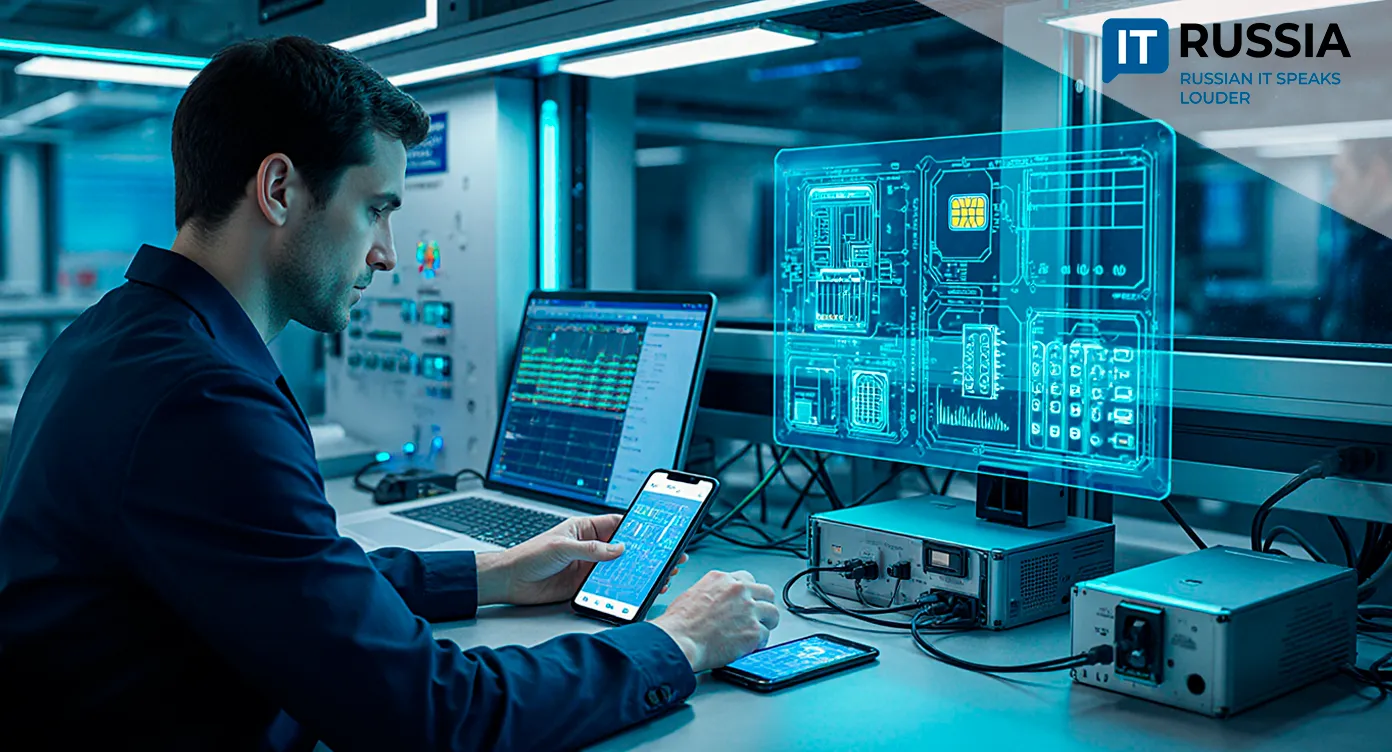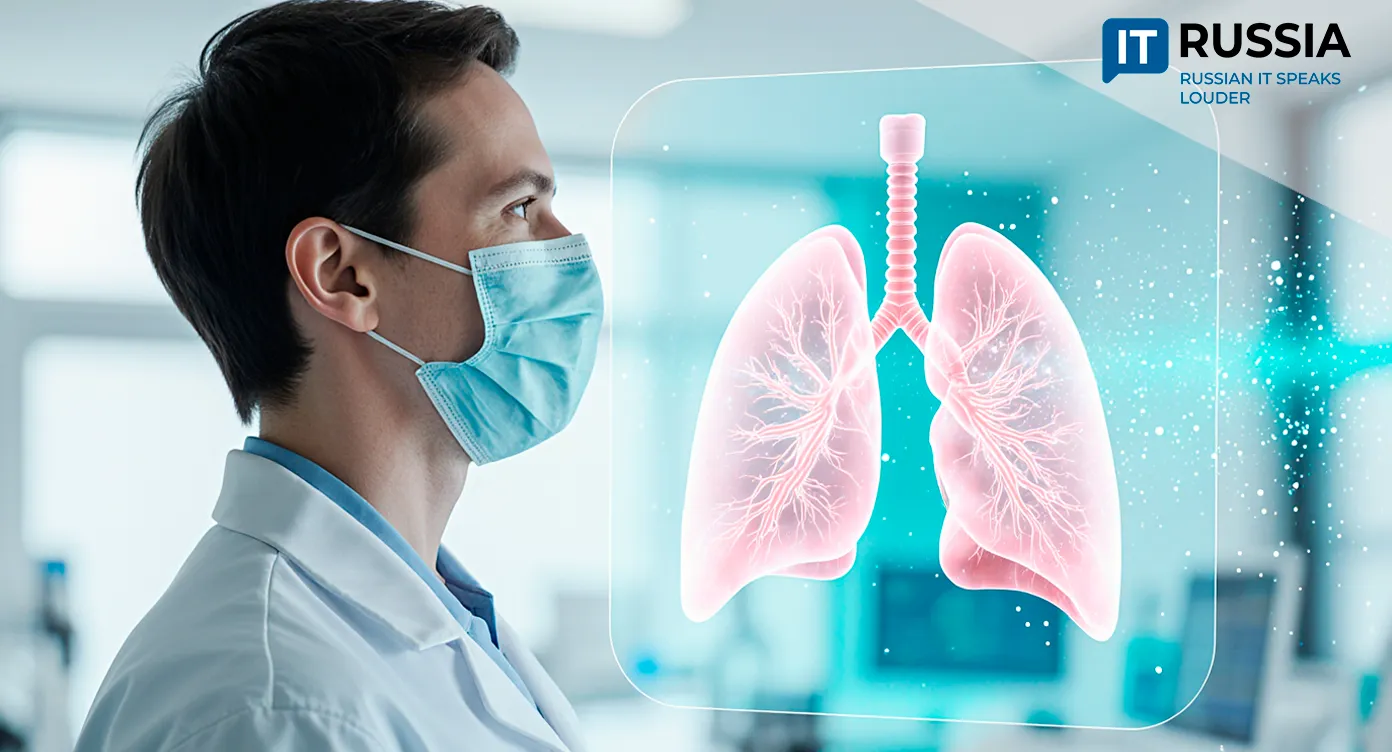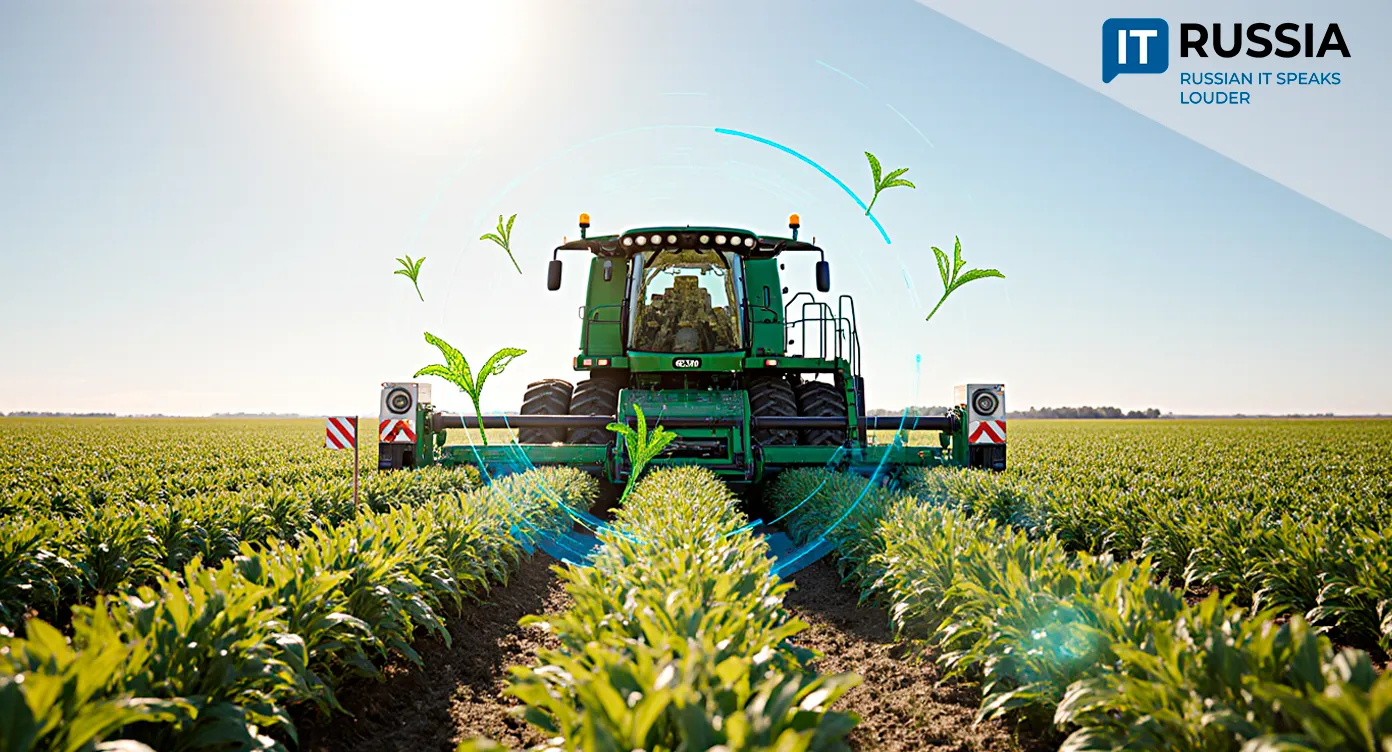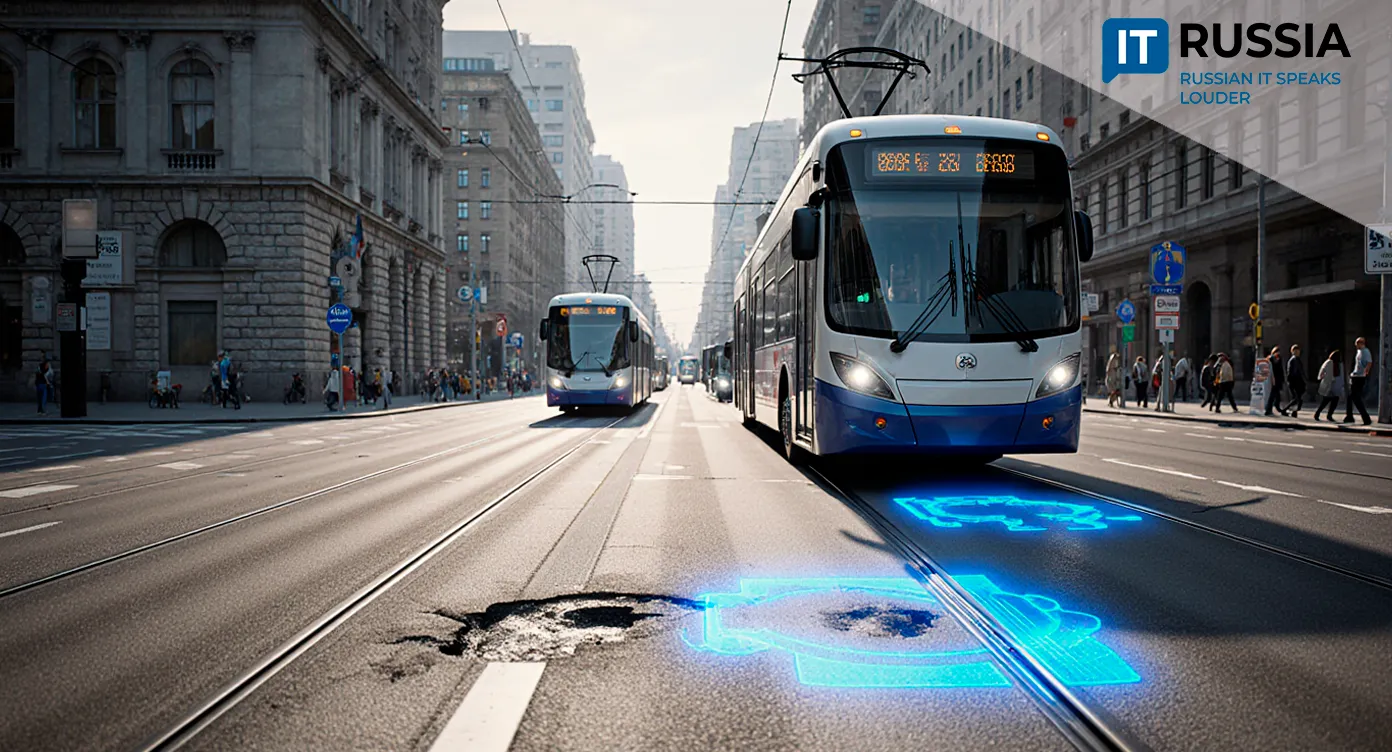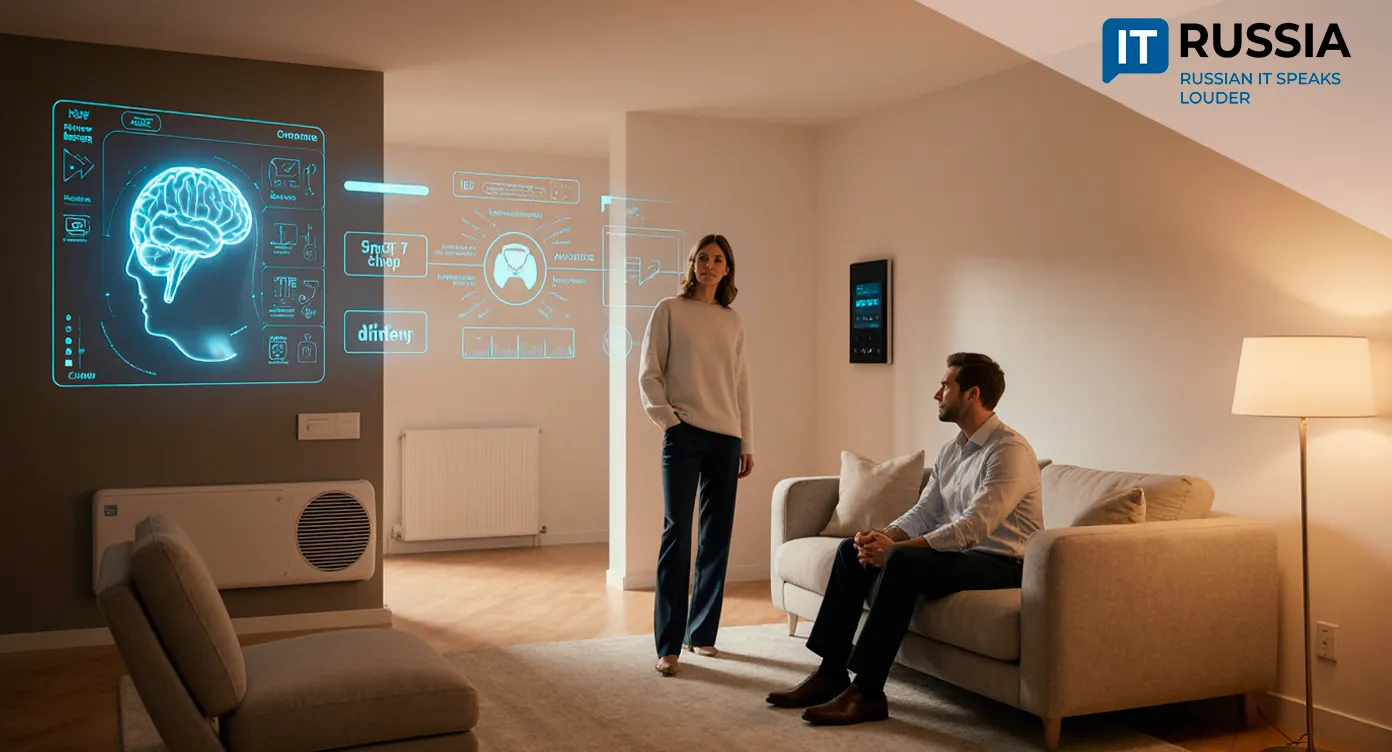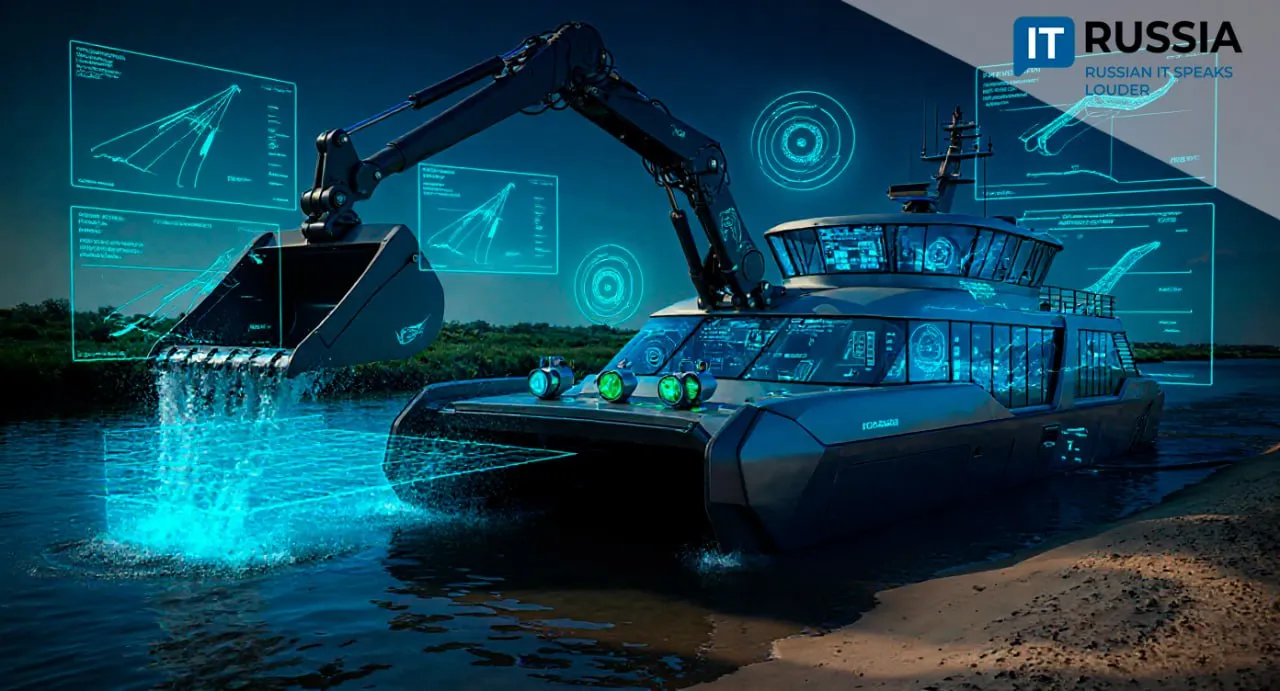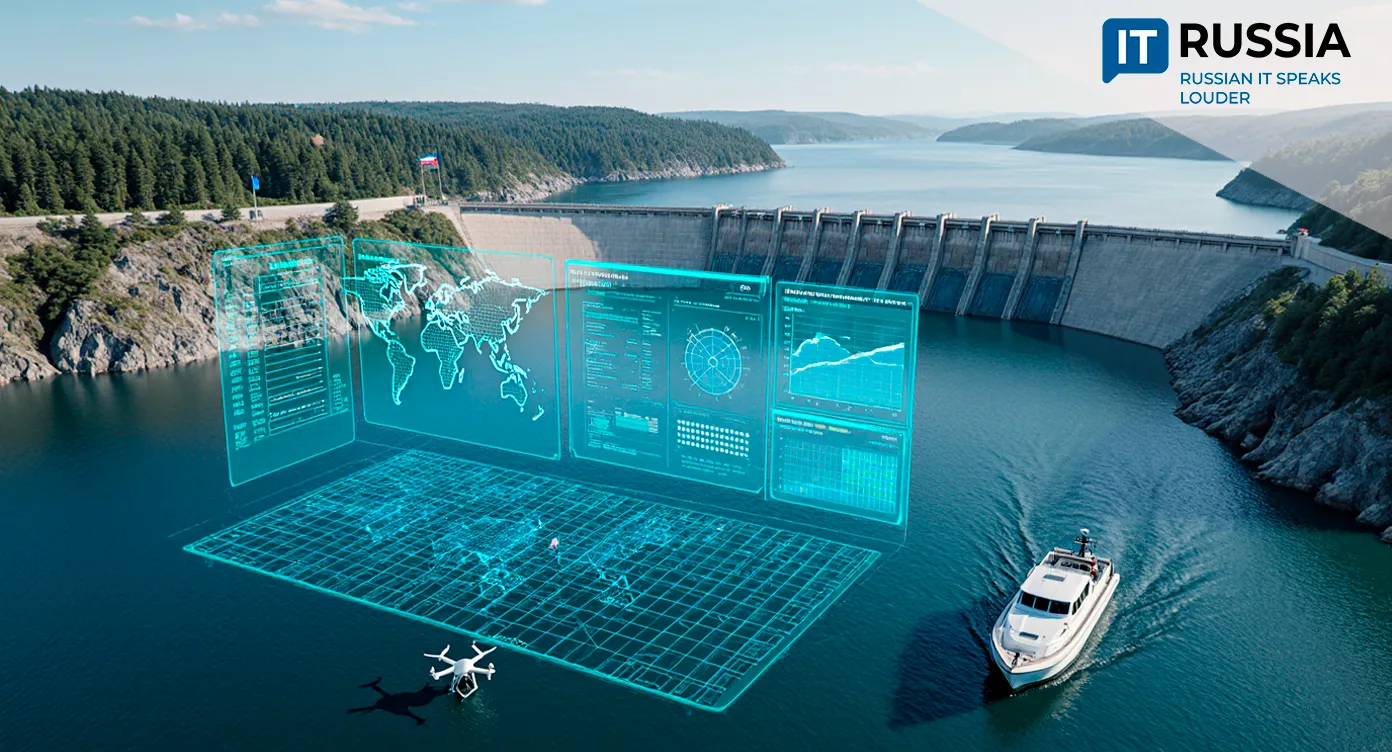Russian AI-Enabled Drones Could Set Global Standards in Aviation
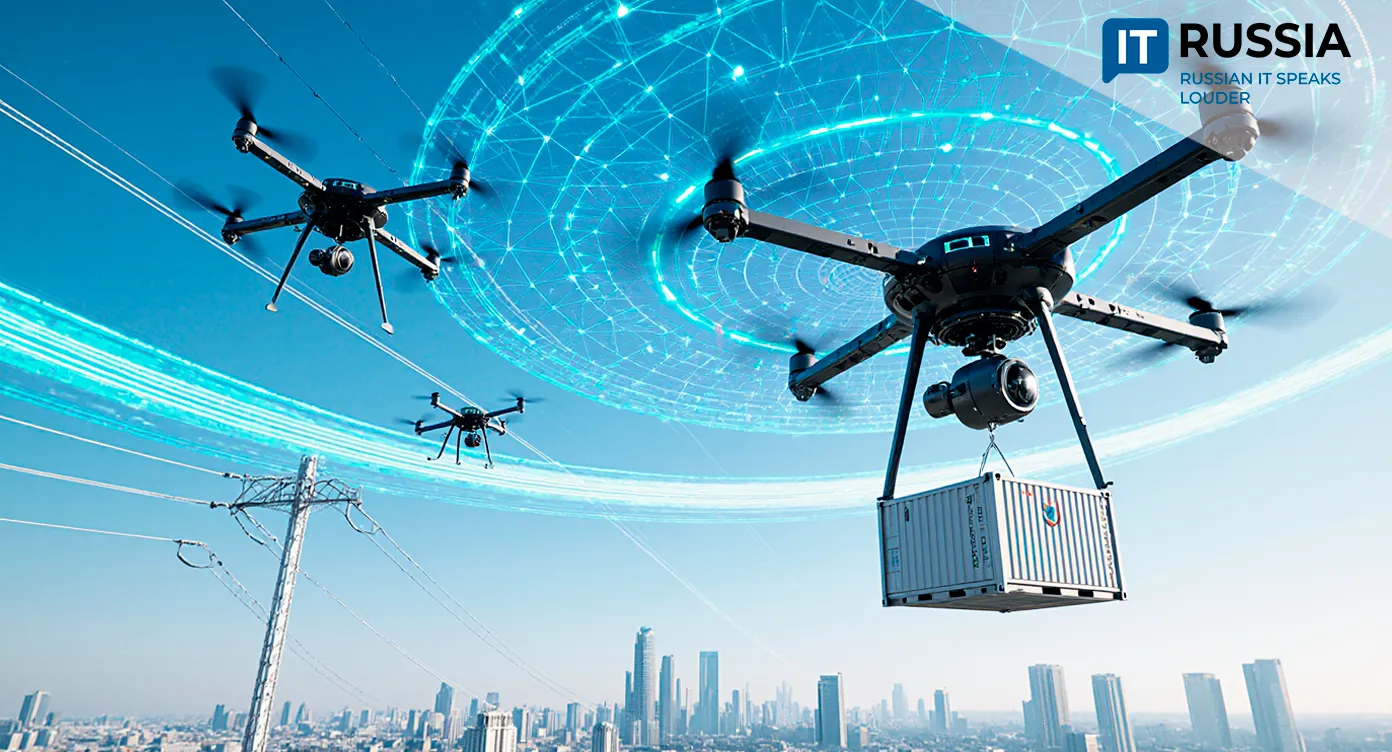
Russia is preparing to mandate the integration of artificial intelligence in all classes of unmanned aerial systems (UAS), positioning the country as a potential trendsetter for global aviation standards.
The Drive Toward Intelligent Aviation
At the international forum 'Unmanned Systems: Technologies of the Future,' held at Skolkovo, Russia’s National Technology Initiative (NTI) Foundation outlined an ambitious roadmap dubbed 'Intelligent UAS 2030+.' According to the plan, AI will become a mandatory standard for all unmanned aerial systems by 2032.
This transition marks a shift from traditional algorithmic control systems to hybrid architectures where AI agents take a central role. These agents, trained on vast datasets of real flights, emergency scenarios, weather conditions, and air traffic patterns, will predict risks, optimize routes, and respond to emergencies in real time. The first transformation phase is slated for 2027, when the industry will move en masse from rigid programmatic control to hybrid models that combine classical algorithms with AI.
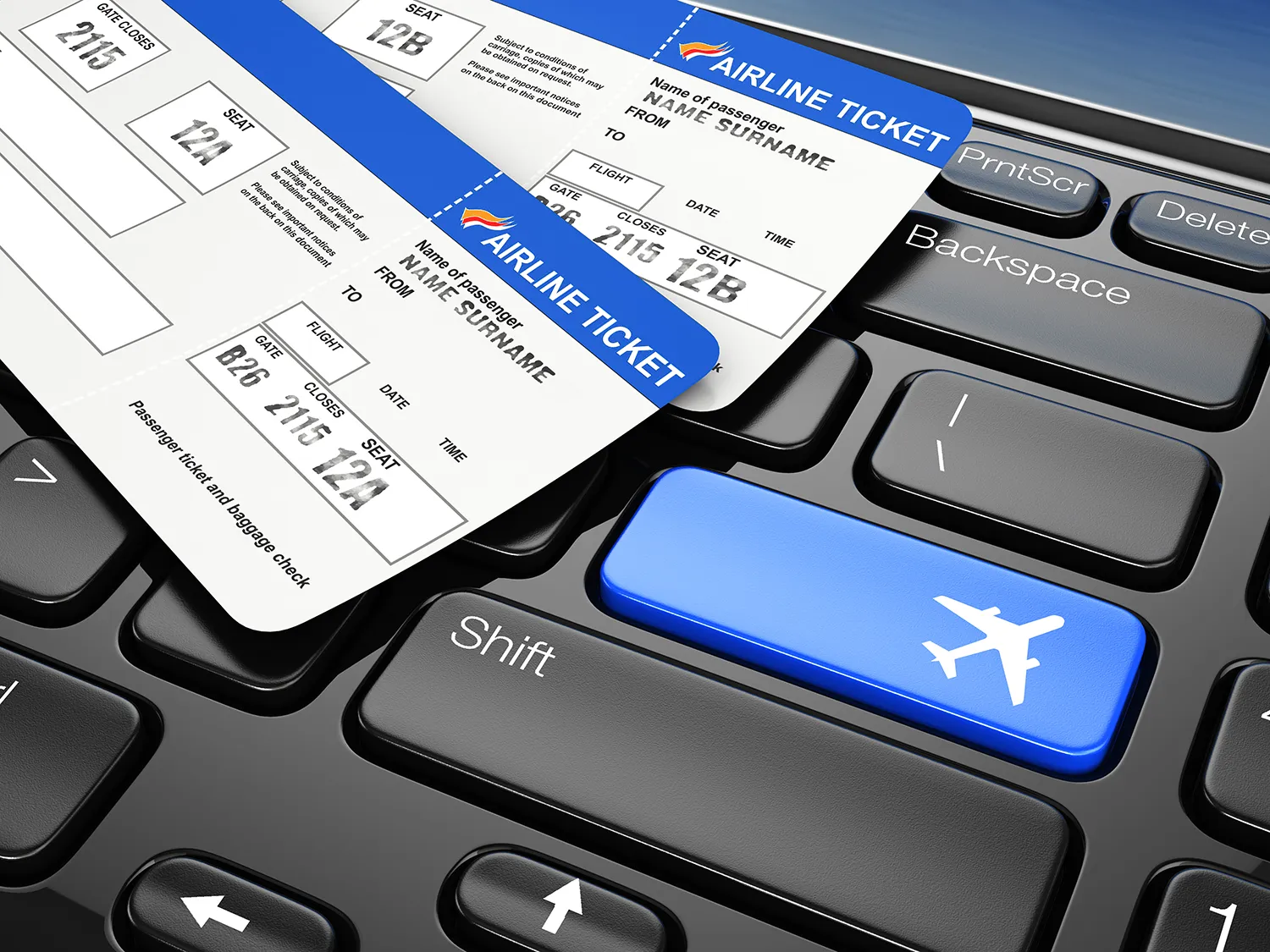
By 2029, certified AI modules will be mandatory on all drones. This requirement is expected to spur development of safe and reliable Russian AI technologies, while driving new regulatory frameworks aligned with international standards.
Efficiency and Flight Safety
Global forecasts project the drone market to grow from $36.7 billion in 2024 to $44.32 billion in 2025, with much of that expansion driven by industrial applications.
For Russia, mandating AI in UAS is a strategic milestone. Drones will evolve from remotely piloted devices into autonomous cognitive systems, boosting both efficiency and safety. AI can process data faster than human operators, detect potential threats, and reduce human error—still a leading cause of aviation incidents.
This shift creates strong demand for new machine learning algorithms, real-time systems, training platforms, and validation frameworks. It also fuels the growth of Russia’s technical workforce, particularly in AI, cybersecurity, aviation software, and certification testing. Supporting infrastructure such as supercomputing centers for flight simulations and cyber ranges for extreme-condition testing will play a pivotal role.
In the long run, AI-driven UAS will open opportunities for citizens: safe cargo delivery of medicines and food to remote regions, automated infrastructure monitoring for power lines, pipelines, and roads, ecological surveillance, and precision agriculture. In megacities, it may lead to AI-powered air taxis and collision-prevention systems.
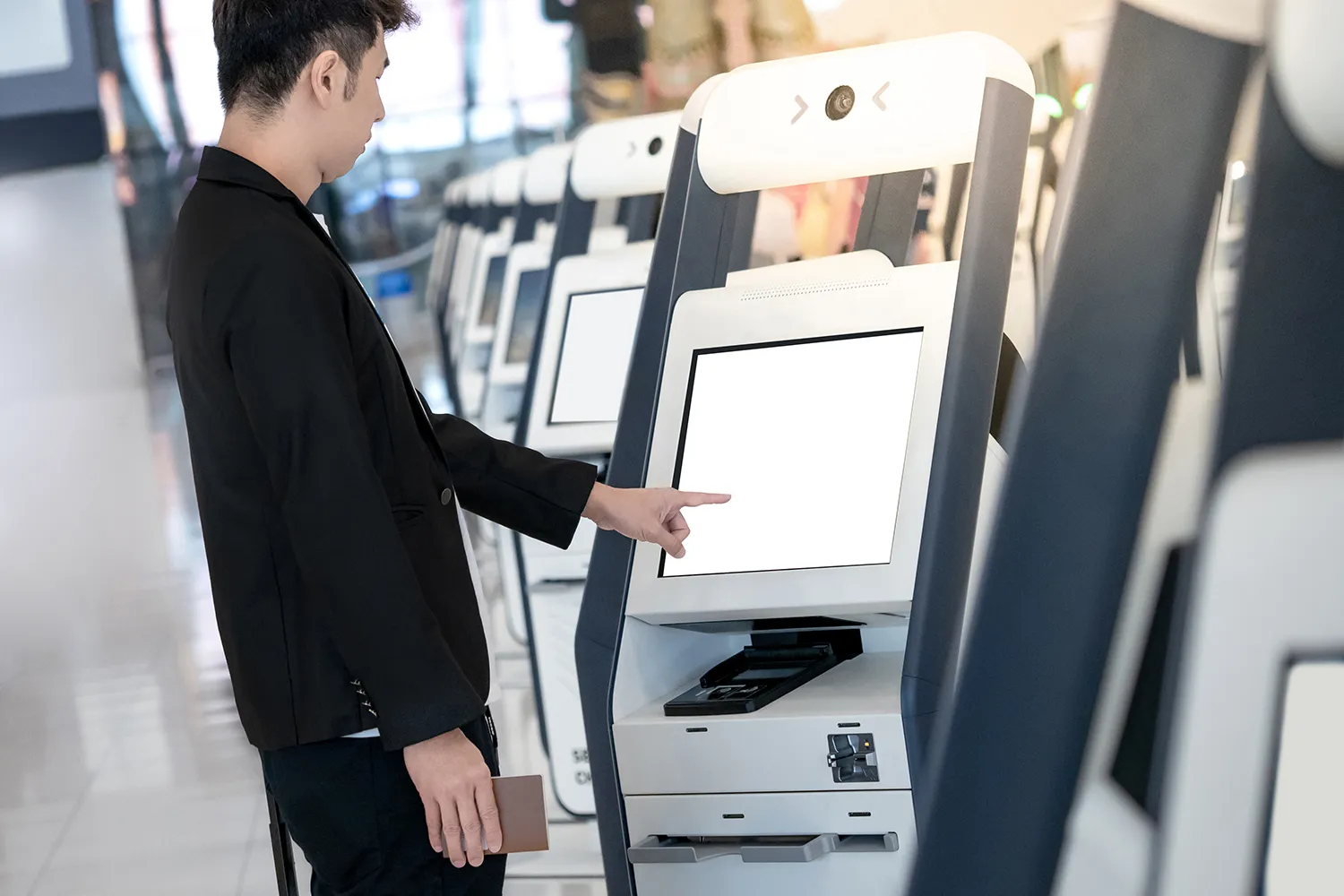
Reducing Dependence on Foreign Technologies
UAS development is now a strategic pillar of Russia’s industrial policy. Over the past decade, the sector has advanced significantly with systems like the heavy drones Forpost, Altius, Okhotnik, and Orion, alongside the Orlan reconnaissance UAV.
Previously, foreign-made components accounted for about 50% of Russian drones. Today, manufacturers are pushing for localization of all parts. For instance, the Orion UAV initially used Austria’s Rotax 914 engine, but later the Rybinsk-based Itlan engineering center developed a domestic replacement, with 17 units already produced. Another breakthrough example is the Forpost-R, produced by the Ural Civil Aviation Plant, which became the first fully import-substituted Russian UAV.
This localization drive not only secures technological sovereignty but also reduces risks linked to global supply chain disruptions.
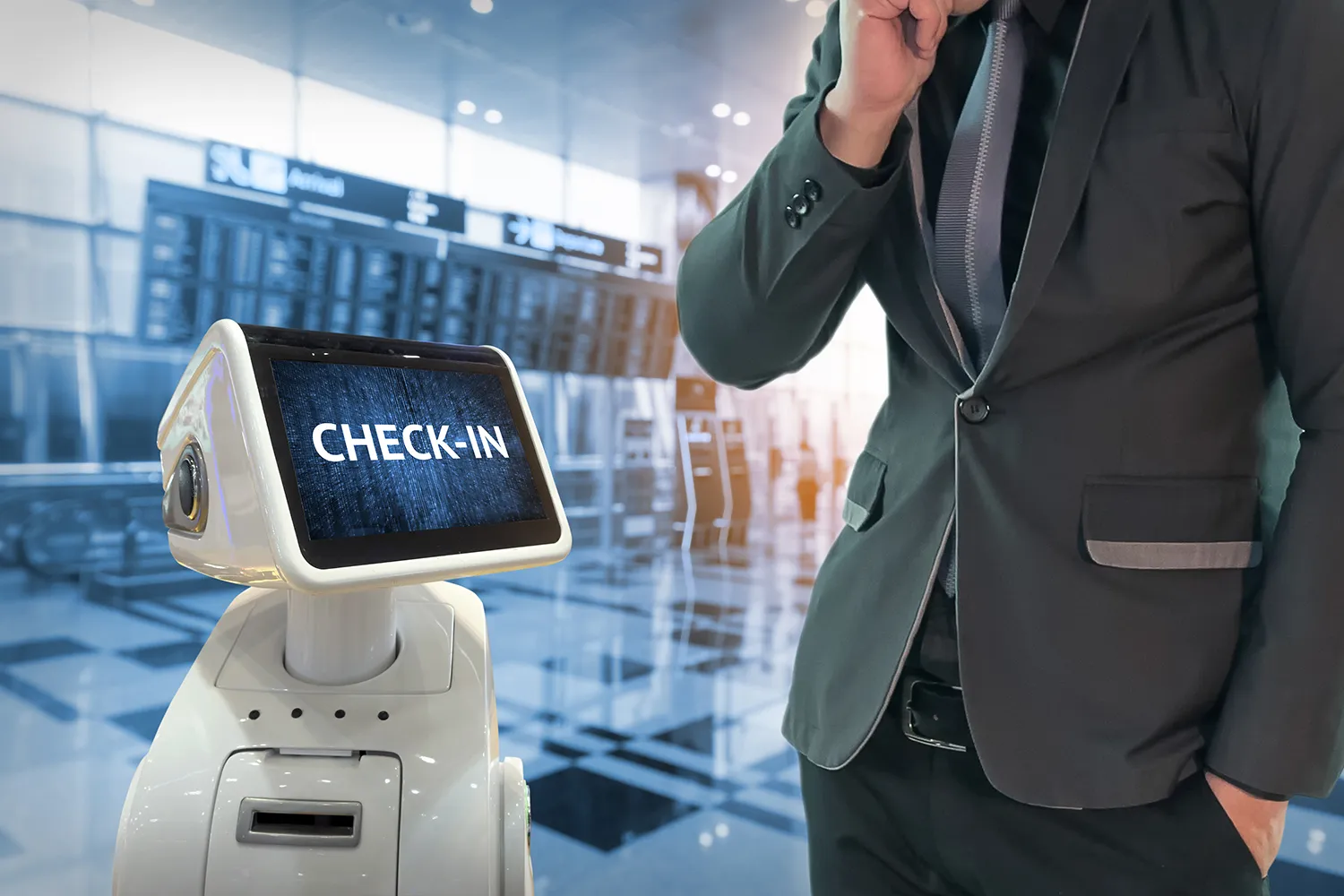
The Evolution of Russian UAS
Over the past five years, Russia has made major progress. From 2019 to 2021, work focused on autonomous navigation and AI-driven control. In 2020–2022, government programs created a regulatory foundation for UAS development. By 2023–2024, the first drone swarms and partially automated systems were deployed.
Strategically, integrating AI into UAS strengthens Russia’s technological independence. Developing indigenous AI solutions for drones reduces reliance on foreign technologies and ensures control over critical systems.
Russia is positioning itself not only as an exporter of UAV hardware but also of software, standards, and certification expertise. These offerings could prove especially attractive to countries in Asia, Africa, and Latin America looking for alternatives to Western platforms.
By betting on leadership in intelligent UAS, Russia is restructuring its aviation sector around safety, autonomy, and global competitiveness. By 2032, Russian AI-enabled drones could indeed become benchmarks for new global aviation standards.


